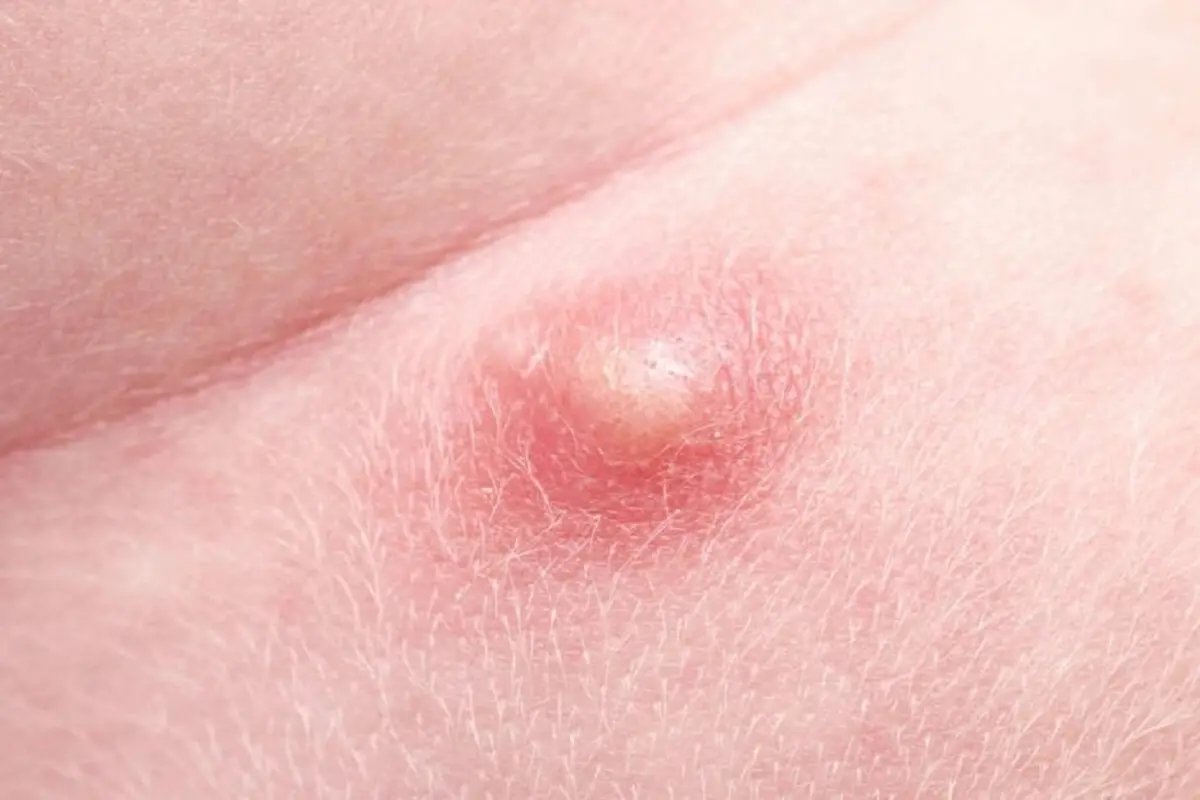

Skin tags around your genital area can be common and usually look like small growths of skin that can range from being pale pink to dark brown. What’s more, your vulva deserves the best care you can get for it! Genital skin tags It may sound somewhat embarrassing to show up at their door with an STI but remember that they are professionals (they’ve seen it all!), their job is to help you feel better by providing a medical diagnosis and any necessary treatment. If you have recently had unprotected sex and are experiencing persistent itchiness or discomfort and lumps around your vulva, then it’s a good idea to check in with your gynaecologist or doctor. Luckily, a lot of them can be treated through medication. STIs can sound scary and whilst they’re something that we should all look to avoid by practising safe sex, sometimes they happen – just to give you an idea, more than 1 million are transferred around the world every day. Herpes, genital warts, syphilis and molluscum contagiosum all list bumps or sores around the vulva area as one of their symptoms. Sexually transmitted infections (STIs)īumps, itchiness and redness on and around the vulva can also be common symptoms for lots of STIs. Needing to make a change could make for a nice excuse to go out and buy yourself some new underwear or try out a special products for your vulva! In the meantime, icepacks or a cold press should help calm any inflammation. To stop contact dermatitis, begin with the root cause: is it the soap you use daily? Or maybe the fabric softener or even your type of underwear? Once you’ve discovered what it is, then simply not using that product anymore will hopefully prevent further irritation. They might also irritate your vulva skin, resulting in pimple-like bumps which can be itchy and/or painful. They can alter the pH of your vagina, causing dryness and/or general irritation (which is why you should never wash inside your vagina!). Sometimes this is due to products such as soaps, laundry detergents, fabrics or perfumes.

Try not to pick them, as that usually will only make the bumps worse! Contact dermatitis or eczemaĬontact dermatitis or eczema occurs when certain chemicals come into contact with your skin and cause it to react. Once they appear, the good news is that they normally go away on their own, so let them be. Knowing the causes already gives you a good clue of what to do to prevent ingrown hairs, so consider switching up your underwear or maybe taking a break from shaving to let your skin rest. Surprisingly, it’s not only hair removal that can cause bacteria to enter the hair follicle wearing tight underwear, sweating, scratching or rubbing your skin often, or any general skin friction can also lead to these little bumps appearing. The scientific name for this condition is folliculitis, but it’s commonly known as razor bumps as they are often caused by razors – though not always. This can then cause little red itchy bumps or pustules to appear where the hair used to be. Those who do, may accidentally allow bacteria to enter the hair follicle in the process. Removing pubic hair is a personal choice: some people like it, others prefer not to. Let’s take a little look behind what some of these little lumps or bumps could be: Ingrown hair However, they aren’t technically pimples and are usually located around the pubic bone and vulva area, rather than the vagina itself. These little lumps are referred to as vaginal pimples, given that they look quite similar to the kind you may find on your face. You may spot little bumps in and around what’s commonly known as the vaginal area and wonder where they came from. Let’s take a closer look at what you may find on your V-Zone so that you’ll be able to recognise any symptoms and know when it’s best to go to the doctor. So what you can see on the outside is the vulva and the pubic area. Keep in mind that even though many people refer to all parts of our intimate area as “vaginal”, the vagina is actually only the canal part of your V-Zone. Temporary and common as they may be, these skin conditions can sometimes be really uncomfortable. Now, it’s normal to freak out a little when you see something out of the ordinary on your body, but most V-Zone lumps, bumps and itches are not a sign of a serious condition – so no need to spin down an internet search rabbit hole! The vulva, the vagina, and pubic area are all sensitive parts of the body, so sometimes even the smallest changes can upset the skin and cause it to react. Maybe you notice a few bumps or white spots on your vulva, or perhaps the skin around your vaginal opening (the labia) looks a little inflamed. Actually, the more often you have a look, the better, so that you can identify what normal looks like for you and can easily spot when something is off. When you go to the loo, are in the shower or even just masturbating, it’s normal to have a glance and explore your V-Zone (the vagina, vulva and V-shaped front you can see).


 0 kommentar(er)
0 kommentar(er)
